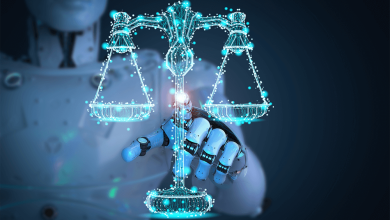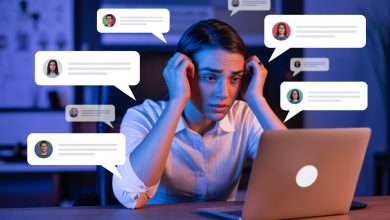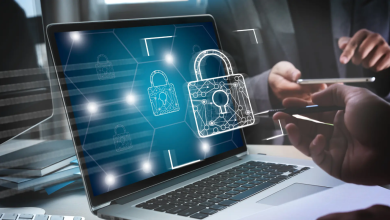Defamation in the Age of Screenshots
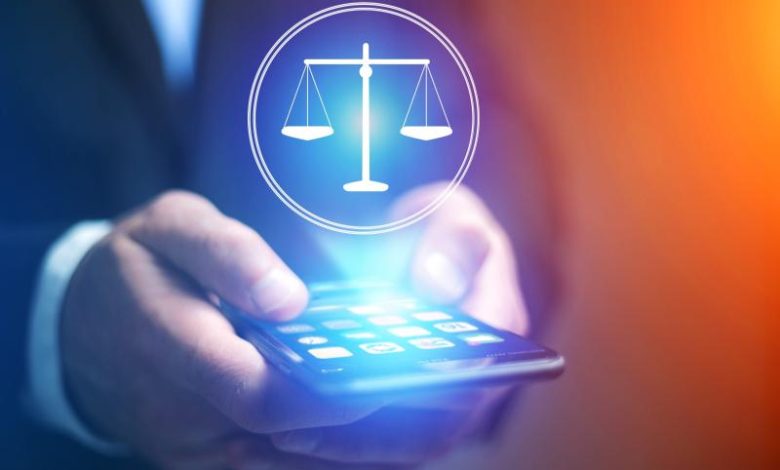
Defamation in the age of screenshots is a growing legal and social challenge. As online conversations, social media posts, and private messages can be captured instantly, the risk of reputational harm—and the complexity of proving or disproving it in court—has never been higher. This article explains how screenshots are used in defamation cases, the legal standards for digital evidence, real-world case studies, pros and cons, and practical tips for protecting your reputation and rights.
Introduction: Defamation in the Age of Screenshots
Screenshots have changed the way defamation is proven and fought. A single image of a message, post, or tweet can go viral, destroy reputations, or become the centerpiece of a court case. But are screenshots always reliable? And what are the legal risks for both accusers and the accused?
What Is Defamation? (Libel vs. Slander)
- Defamation is a false statement that harms someone’s reputation.
- Libel is written defamation (including digital posts, emails, and screenshots).
- Slander is spoken defamation.
- Cyber defamation (online defamation) includes social media, blogs, and messaging apps.
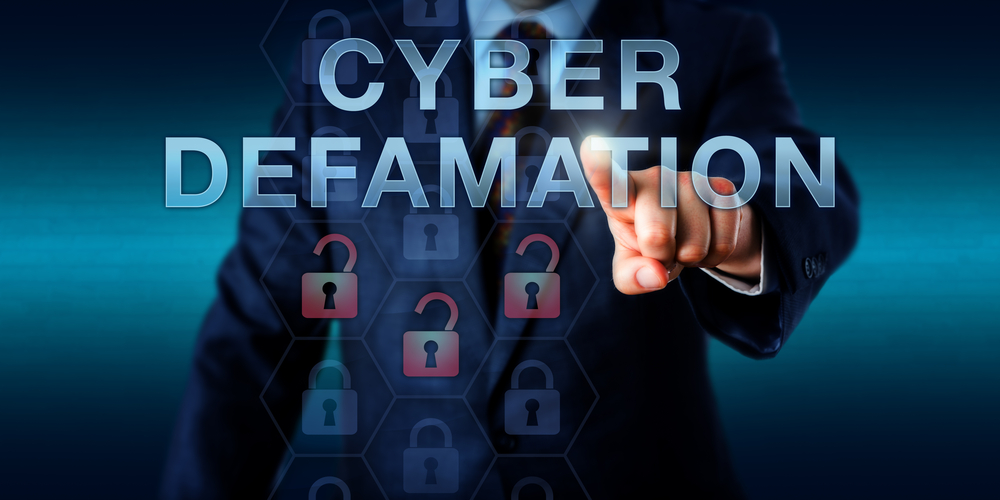
The Rise of Cyber Defamation and Screenshots
- Social media and messaging apps have made it easy to spread information—and misinformation—instantly.
- Screenshots are often used to capture posts or messages before they are deleted, edited, or hidden.
- Courts worldwide are adapting to the challenge of digital evidence, with varying standards for admissibility and reliability.
Key Features of Defamation in the Digital Age
- Speed and reach: Online posts can go viral, causing instant and widespread harm.
- Permanence: Even deleted content can survive in screenshots or archives.
- Anonymity: Fake accounts and pseudonyms make tracing the source of defamation harder.
- Global impact: A single post can cross borders, raising complex jurisdiction issues.
How Screenshots Are Used as Evidence
Defamation in the Age of Screenshots—Legal Use of Digital Proof
- Screenshots as evidence: Many courts accept screenshots of posts, texts, or messages as evidence, but only if they are authenticated and relevant.
- Chain of custody: Courts require documentation of who captured, stored, and accessed the screenshot.
- Metadata: Courts may request metadata (timestamps, sender info, device data) to verify authenticity.
- Best Evidence Rule: Original files are preferred over screenshots; screenshots alone may be insufficient if the original is available.
- Corroboration: Screenshots are strongest when supported by witness testimony, device logs, or platform records.
- Authentication: The party presenting the screenshot must prove it’s accurate, untampered, and represents the original content.
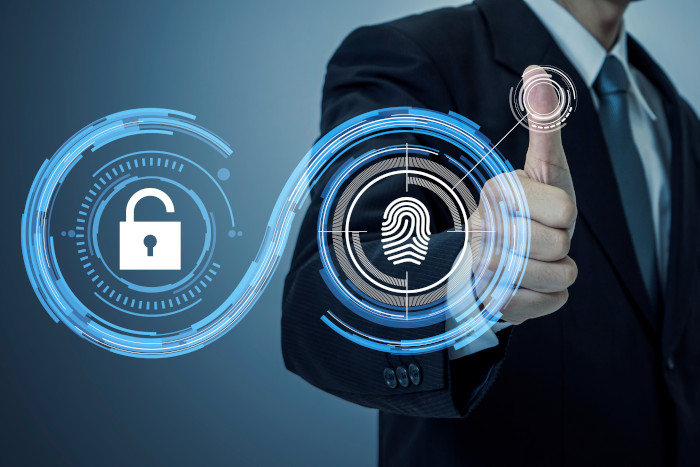
Legal Standards: Admissibility, Authenticity, and Reliability
Defamation in the Age of Screenshots—Courtroom Hurdles
- Admissibility: Screenshots must be relevant, authentic, and more probative than prejudicial.
- Reliability: Courts scrutinize screenshots for signs of manipulation or incompleteness.
- Jurisdiction: Courts need proof that a defamatory statement was accessed or downloaded in their territory to have jurisdiction.
- Global differences: Some courts (e.g., Gujarat High Court, India) accept screenshots as primary evidence, while others (e.g., US, UK) may require original files or additional proof.
Defamation and Jurisdiction: The Global Challenge
- International reach: Online defamation can be prosecuted in any country where the content is accessed.
- Jurisdiction test: Courts may require proof that a third party in their region saw or downloaded the content.
- Conflicting laws: Different countries have different standards for defamation, privacy, and free speech.

The Legal Evolution: Screenshots as Evidence in Defamation Cases
Defamation in the Age of Screenshots—Legal Trends and Global Perspectives
The Growing Acceptance and Scrutiny of Screenshots
- Global shift: Courts in India, the UAE, the US, and beyond increasingly accept screenshots as evidence in defamation cases—but only if strict standards are met.
- Key requirements: Authentication, relevance, reliability, and probative value are essential for admissibility.
- Contrasting views: While the Gujarat High Court in India has accepted screenshots as valid evidence, other courts (like the Bombay High Court) require corroborative proof, especially when account authenticity is questioned.
Visual: Global Legal Approaches Table
The Risks and Limitations of Screenshots
Defamation in the Age of Screenshots—Risks and Pitfalls
- Manipulation and tampering: Screenshots can be easily edited, making them vulnerable to challenges about their integrity.
- Lack of metadata: Unlike original files, screenshots often lack timestamps, sender info, or device data needed for verification.
- Incomplete context: Screenshots may miss full conversations, comments, or dynamic elements, risking misinterpretation.
- Authentication hurdles: Courts may require expert testimony, forensic analysis, or corroborating records to establish authenticity.
- Chain of custody: If the process of capturing, storing, and presenting screenshots isn’t well documented, their evidentiary value drops.
- Jurisdictional challenges: Defamation laws and evidentiary standards vary widely between countries, complicating cross-border cases.
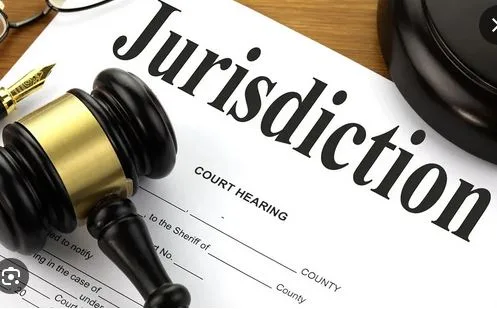
Best Practices: Making Screenshots Reliable Evidence
Defamation in the Age of Screenshots—How to Strengthen Your Case
Steps to Authenticate and Present Screenshots
- Capture full threads: Avoid cherry-picking; show the entire conversation or post sequence for context.
- Preserve metadata: Where possible, keep device backups or use certified tools that capture timestamps and technical details.
- Document the process: Record when, how, and on what device the screenshot was taken.
- Corroborate with other evidence: Support screenshots with witness testimony, device logs, or platform records.
- Use certified tools: Apps like TrueScreen can certify screenshots with timestamps and digital seals, making manipulation nearly impossible.
- Maintain chain of custody: Track who accessed or transferred the screenshot from capture to court presentation.
Visual: Screenshot Evidence Checklist
| Step | Why It Matters |
|---|---|
| Full conversation | Prevents claims of selective editing |
| Metadata preserved | Proves time, origin, and authenticity |
| Documented process | Shows reliability and transparency |
| Corroboration | Strengthens credibility in court |
| Chain of custody | Guards against tampering claims |
| Certified tools | Adds forensic validity |
Forensic Analysis and Static Forensics
Defamation in the Age of Screenshots—Digital Forensics
- Static forensics: Involves acquiring data from devices without altering it, preserving deleted comments, usernames, emails, and images.
- Expert analysis: Forensic experts can detect manipulation, recover deleted data, and validate the authenticity of screenshots.
- Chain of custody: Critical for maintaining evidence integrity and reliability in court.
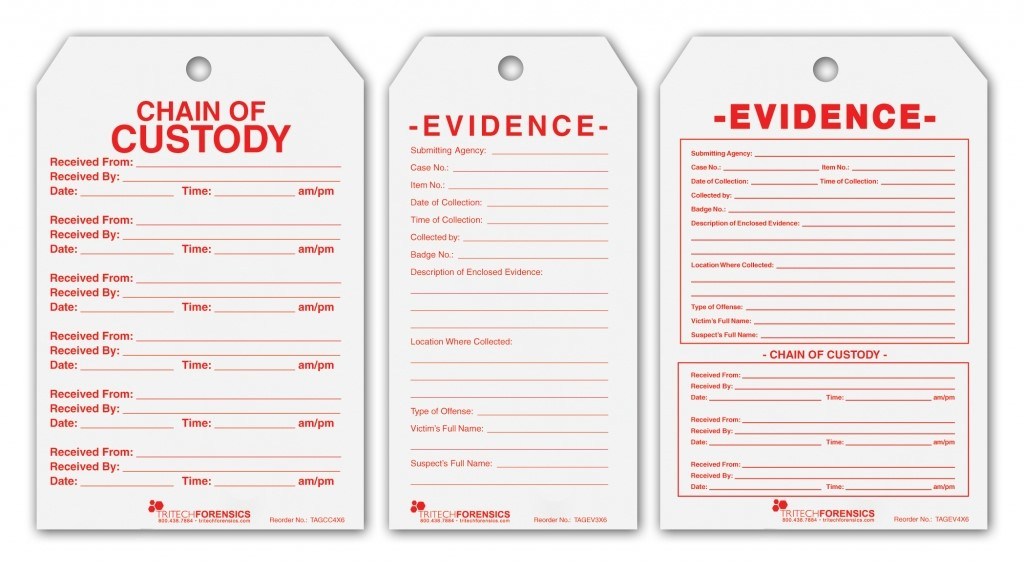
Key Legal Developments and Notable Cases
Defamation in the Age of Screenshots—Recent Cases
- Gujarat High Court (India): Accepted screenshots as valid evidence, provided they are authenticated and corroborated.
- UAE Law: Federal Decree-Law No. 35/2022 and Cybercrime Law allow WhatsApp and email screenshots as evidence, but require original forms and expert validation if challenged.
- Duffy v. Fox News (US): Video and screenshot evidence used in defamation, but courts scrutinized context and completeness.
- Agustin-Bunch v Smith (Australia): Series of YouTube and Facebook posts/screenshots led to a significant defamation award, highlighting the power of digital evidence.
- Crookes v. Newton (Canada): Clarified that hyperlinking to defamatory content is not itself defamation unless the content is repeated or endorsed.
The Role of Social Media Platforms and Tech Tools
Defamation in the Age of Screenshots—Platform Responsibilities
- Content removal: Platforms like YouTube and Facebook can be held liable for failing to remove defamatory content once notified.
- Archiving tools: Automated evidence capture and certification apps (e.g., TrueScreen, Aleph Archives) are increasingly used to ensure legal-grade documentation.
- Dynamic content: Screenshots alone may not capture all elements; web archiving or certified capture tools are better for complex evidence.
Actionable Tips for Individuals and Businesses
Defamation in the Age of Screenshots—Protecting Your Reputation
- Monitor your digital presence: Regularly check for false or defamatory content about you or your business.
- Act quickly: If you spot defamation, capture certified evidence and seek removal or legal redress.
- Educate your team: Train employees on risks of online statements and the permanence of screenshots.
- Consult legal counsel: Especially for cross-border or high-profile cases, get expert advice on evidence collection and admissibility.
- Use certified tools: For critical evidence, use apps or services that provide forensic certification and chain of custody.
Expert Quotes
“Screenshots can be powerful evidence, but only if you can prove they’re real and complete. Courts are getting smarter about digital manipulation.”
— Dr. Maria Gomez, Digital Forensics Specialist
“The law is catching up to technology, but standards vary. Don’t rely on screenshots alone—always back up with other proof.”
— Samuel Adeyemi, Cyber Law Attorney
Looking Ahead: The Future of Digital Defamation Evidence
- Standardization: Expect more courts to require certified, metadata-rich, and corroborated digital evidence.
- AI and deepfakes: As manipulation tools evolve, forensic authentication and expert testimony will become even more critical.
- Global harmonization: International standards for digital evidence may emerge to address cross-border defamation and jurisdiction issues
Defamation in the Age of Screenshots Table
Case Studies: Real-World Examples
Case Study 1: Gujarat High Court, India
Accepted screenshots of defamatory social media posts as valid evidence, simplifying redress for victims.
Case Study 2: Edwards v. Junior State of America Foundation (US)
Screenshots of Facebook messages were excluded because native files were lost, violating the Best Evidence Rule.
Case Study 3: Wilson v Mendelsohn & Ors (UK)
A screenshot of a Facebook post led to a libel award of £22,500, with damages increased due to wide republication.
Case Study 4: Aaronson v Stones (UK)
Ten tweets and a YouTube video, captured in screenshots, resulted in a £110,000 libel award due to the seriousness and reach of the allegations.
Case Study 5: Hijazi v Yaxley-Lennon (UK)
Videos and posts on Facebook, widely shared and screenshotted, led to a £100,000 libel award for harm and need for vindication.
Case Study 6: WhatsApp Messages in UAE
WhatsApp and email screenshots are admissible as evidence under UAE law if authenticated and unchallenged.
Case Study 7: Philippines Messenger Case
Screenshots from messaging apps can be used as evidence of libel, provided they meet authenticity and legal standards.
Case Study 8: Johnny Depp v Amber Heard (US)
Screenshots of texts and social media posts were central to the defamation trial, but courts required full threads and metadata for context and authenticity.
Pros and Cons Table
| Pros of Screenshots in Defamation Cases | Cons / Legal Risks of Screenshots |
|---|---|
| Quick, accessible way to preserve evidence | Easily manipulated or edited |
| Can capture deleted or ephemeral content | May lack metadata or context |
| Useful for social media, messaging, web posts | Often excluded if original files exist |
| Accepted in many courts if authenticated | Chain of custody is hard to prove |
| Supports claims of online harassment | Not always enough for conviction/award |
| Can be corroborated with other digital proof | Global jurisdiction complicates matters |
Tips for Protecting Yourself Online
- Think before you post: Anything online can be screenshotted and used in court.
- Keep records: Save original files, device logs, and metadata if you need to prove or defend against defamation.
- Act fast: Take screenshots and note URLs, dates, and witnesses before content is deleted.
- Authenticate evidence: Use tools that capture metadata and maintain a clear chain of custody.
- Consult legal counsel: Especially if facing an international or high-profile case.
- Understand local laws: Defamation and evidence rules vary by country.
Frequently Asked Questions (FAQ)
1. Are screenshots always admissible in court?
No. They must be authenticated, relevant, and reliable. Courts may prefer original files or require metadata.
2. Can a screenshot prove defamation?
Yes, if it shows a false, damaging statement and is properly authenticated.
3. What if the post is deleted?
A screenshot may still be admitted, but courts prefer original files or corroborating evidence.
4. Can screenshots be faked?
Yes. That’s why courts require authentication, metadata, and sometimes expert analysis.
5. Is sharing screenshots of public posts illegal?
Not usually, but context matters. Sharing to defame or harass can still be actionable.
6. What damages can be awarded?
Damages depend on the seriousness, reach, and impact of the defamation.
7. Do all countries treat screenshots the same?
No. Some accept them readily, others require more proof or original files.
8. What is the Best Evidence Rule?
Courts prefer original files over copies or screenshots, especially in the US and UK.
9. Can private messages be used as evidence?
Yes, if they meet legal standards for authenticity and relevance.
10. How do I defend against a screenshot in court?
Challenge authenticity, demand metadata, and provide context or original files if possible.
Conclusion
Defamation in the age of screenshots is a complex, fast-evolving legal issue. Screenshots can be powerful tools for proving or defending against online defamation, but only if they are properly authenticated and supported by other evidence. As courts adapt to the digital world, understanding the risks, requirements, and best practices for digital evidence is essential for protecting your reputation and legal rights.


